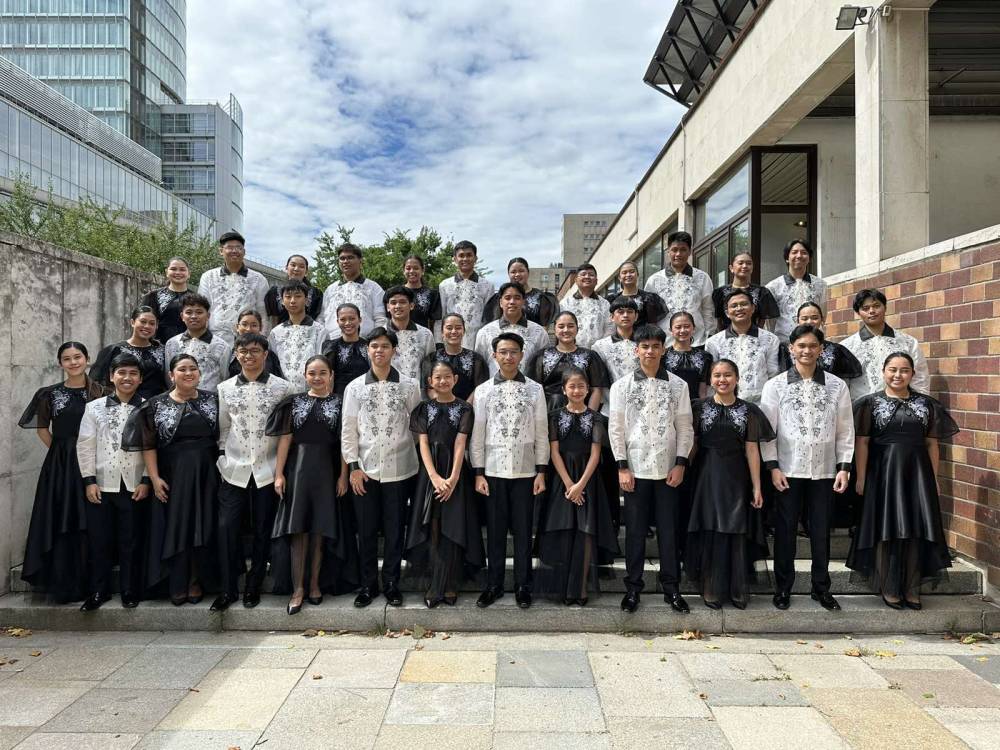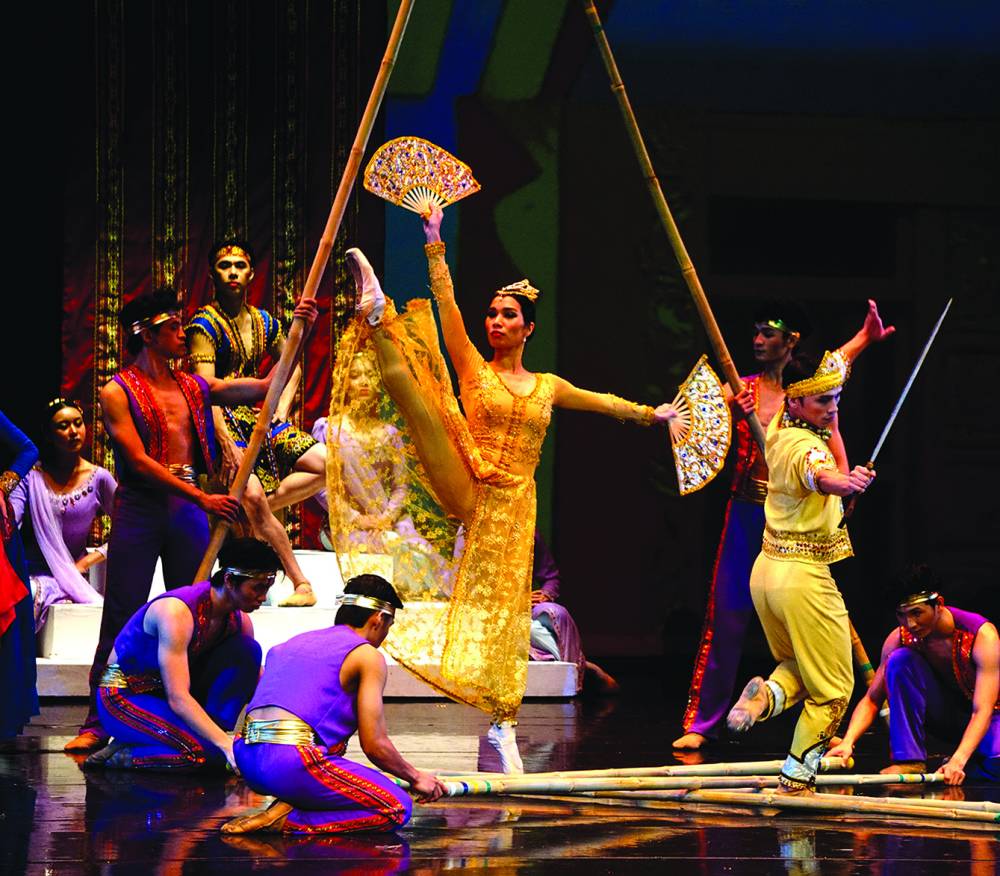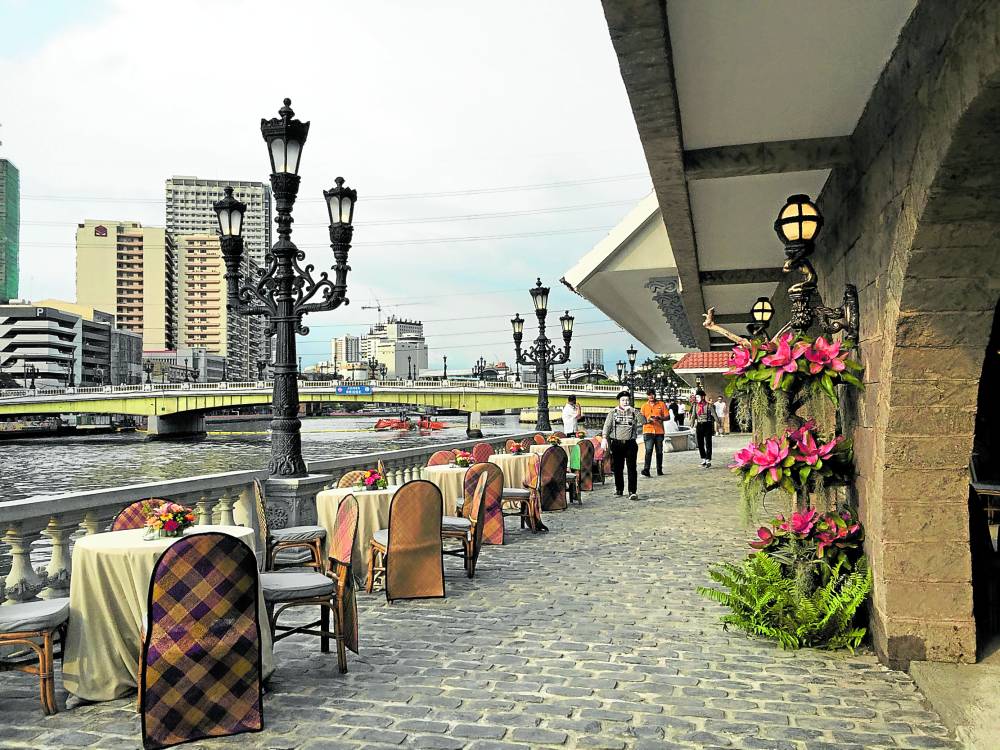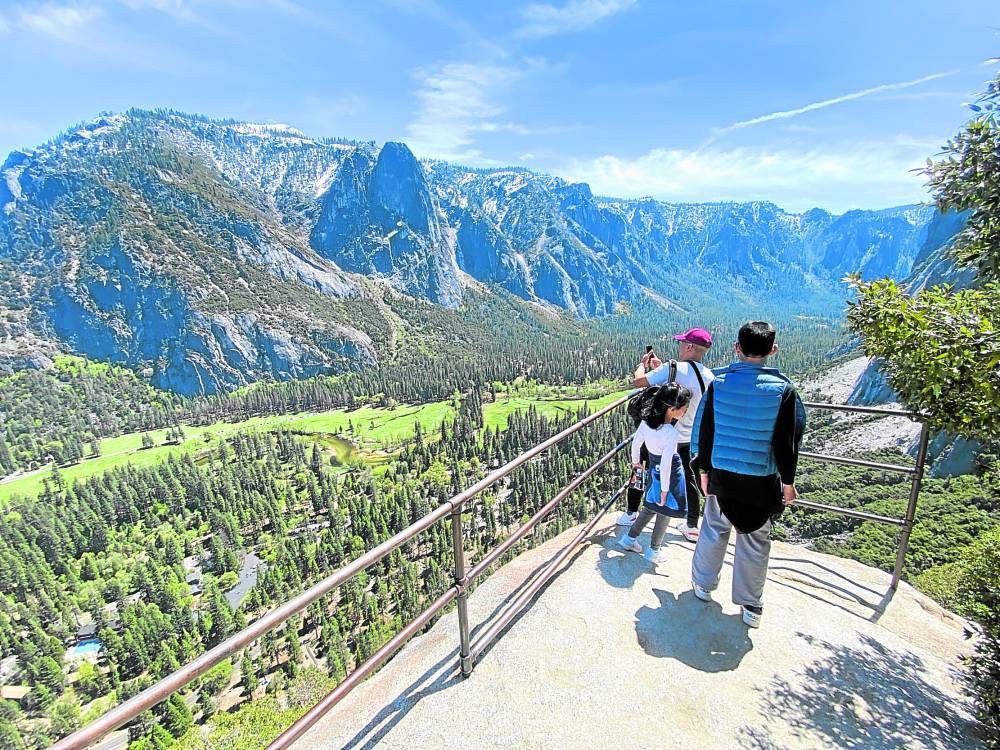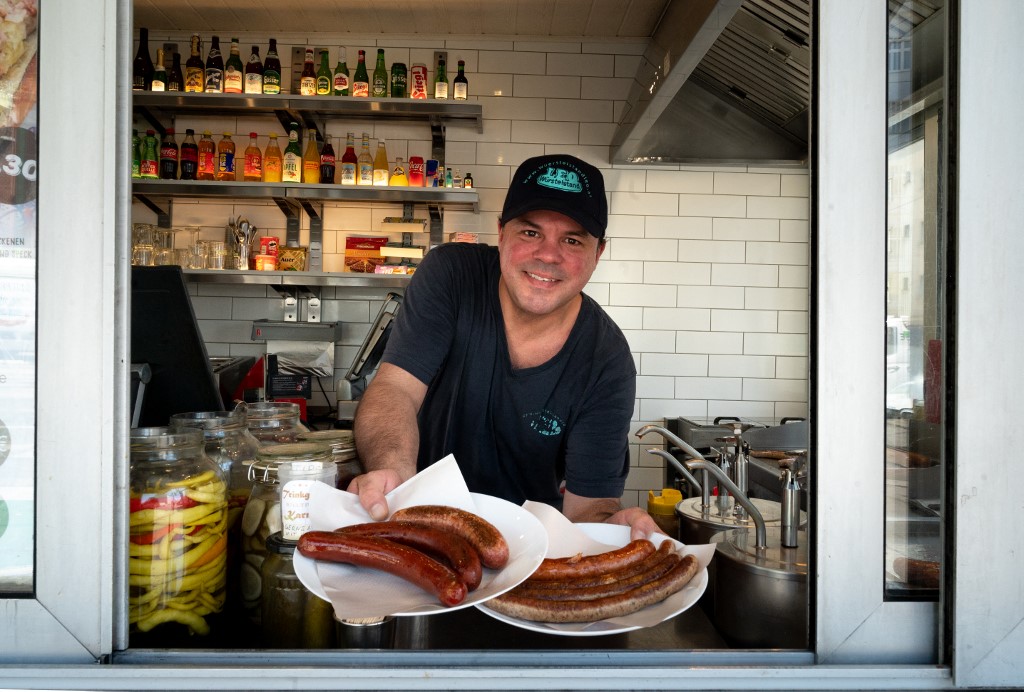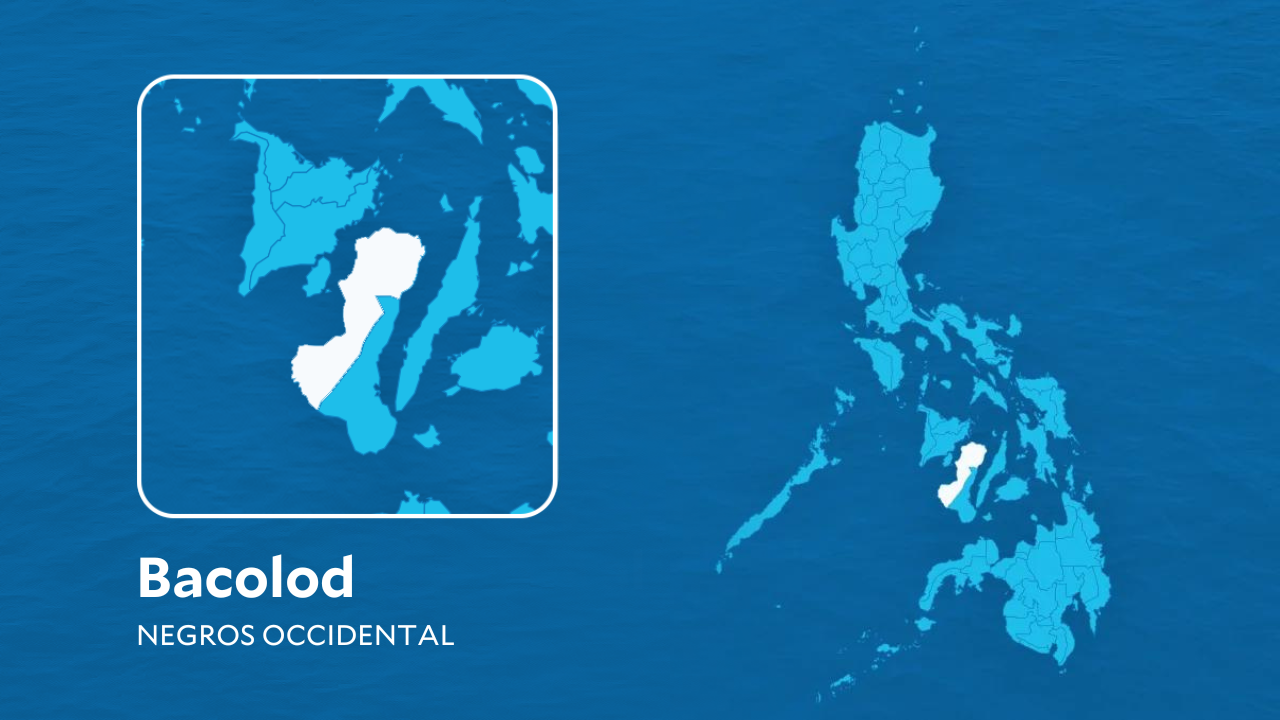
Latin Americans around the region are honoring their departed loved ones with Day of the Dead celebrations, blending pre-Columbian rituals with the Roman Catholic observance of all Saint’s Day on Nov. 1 and All Soul’s Day on Nov. 2.
The holiday known in Spanish as “Dia de los Muertos,” is especially popular in Mexico, but is also observed in other countries around the region, including Guatemala and Bolivia.
In Lima, Peru, a young man applied a fresh coat of paint to a cross on the grave of a loved one while a woman held vigil at her grandmother’s tomb, protected from the sun by an umbrella tied to tree branches. Also at the Nueva Esperanza Cemetery, described as the world’s second largest, 77-year-old Domitia Alaca wandered among the graves trying to find her father’s final resting place.
The cemeteries of Haiti were populated with Voodoo practitioners holding rituals to remember their dead relatives. Candles illuminated the tombs at the San Gregorio Cemetery outside Mexico City, where families communed with their ancestors by holding picnics and decorating the graves with bright orange marigolds.
Elaborate altars were erected inside homes around the region to remember loved ones who have died, decorated with photographs, candles, flowers, skeleton figurines, sugar skulls and sometimes the favorite food and drink of the dearly departed.
In Mexico, the holiday decorations included elaborately cut colored pieces of tissue paper called “papel picado,” and the image of the elegant “Skeleton Lady,” a drawing made popular by the late-Mexican printmaker Jose Guadalupe Posada. Named Catrina by Mexican muralist Diego Rivera, the figure wears a long dress and wide-brimmed hat.
Day of the Dead festivities recently have begun to fuse with the American celebration of Halloween in some areas.
For instance, the stereotype of the indigenous woman known as “la cholita,” in her traditional dress and little bowler hat, was portrayed in some parts of Bolivia this year as a zombie. Children in some areas of Mexico, meanwhile, have begun to embrace the U.S. tradition of trick-or-treating on All Hallow’s Eve.











